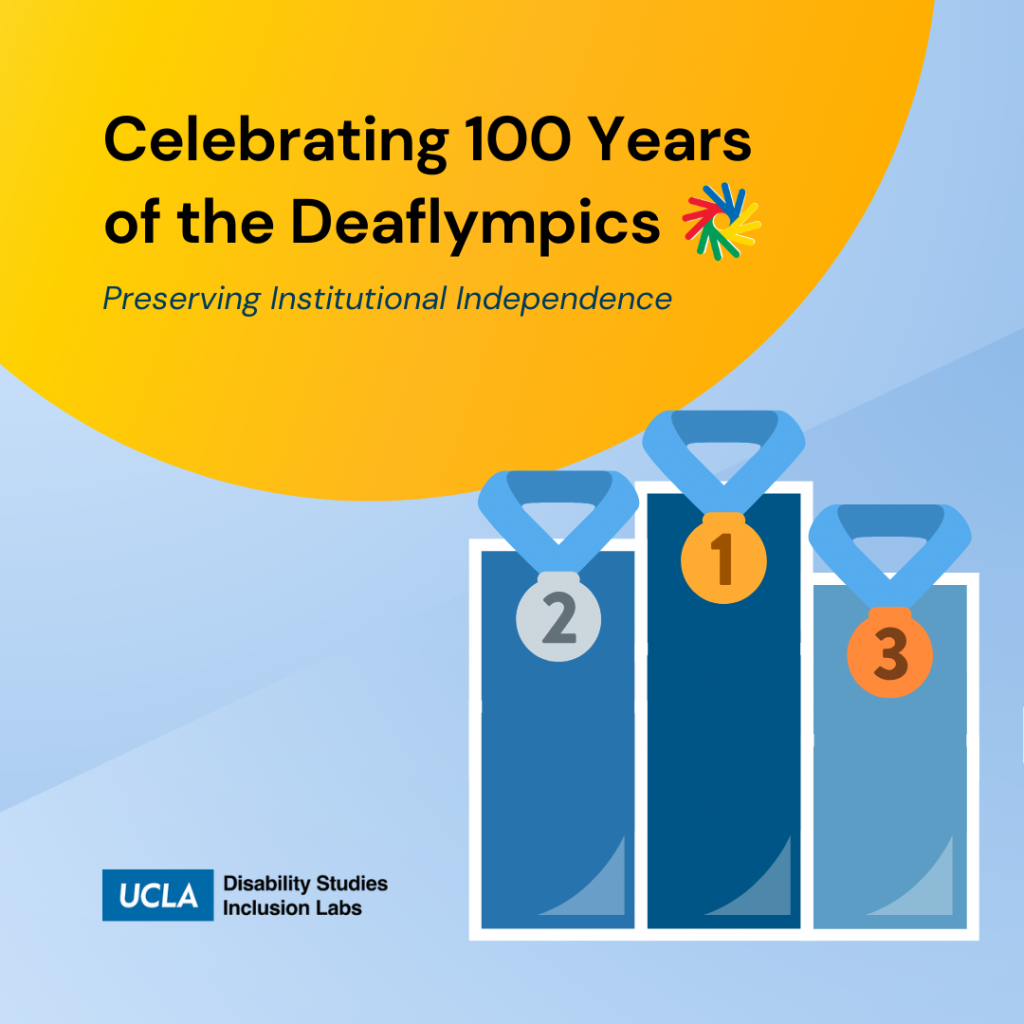I am currently a master’s student in the Department of Physical Education working in the Dance Lab at the University of Tsukuba, Ibaraki, Japan. My research broadly explores three areas of street dance and its potentialities:
(1) the relationships generated between dancers and opponents, and with the audience.
(2) the forms of individual expression in the physical movements and philosophy of the art form.
(3) the growth of street dance across diverse communities, and specific styles created by women, dancers with disabilities, and LGBTQIA artists.
Street dance is a dance genre that emerged in urban areas, such as New York City, in the late 20th century, featuring styles like breaking, locking, and popping. Known for its improvisation, community culture, and dynamic movements, it has greatly influenced popular culture and mainstream dance.
A key element of my work is understanding the foundations and future directions of the Japanese street dance community, both within the country and internationally, particularly in Asia and the United States, where hip-hop and street dance originated. My graduate research investigates the specific functions dancers seek from their shoe choices and the meanings they want to convey within the community through these choices, in both informal and competitive arenas. I have completed a survey of street dancers in Japan to assess their shoe preferences. The results show that street dancers’ choice of shoe is influenced by various factors such as price, style, performance experiences, and weight. My project has since focused on the element of shoe weight and how even a few grams difference can affect performance outcomes. A major aim of my research is to produce several street dance-specific shoe prototypes that can be used by all community members.
UCLA Based Research Aims:
I am a Tobitate! (Leap for Tomorrow) Grant recipient offered by the Ministry of Education, Culture, Sports, Science and Technology (MEXT) of Japan. This “Japan Representative Program” aims to develop future “global inquiry leaders” who will create innovation in society and “global leaders” who will drive societal change, thus shaping Japan’s future.
At UCLA, I plan to conduct an ethnographic study investigating the equipment and apparel choices of breakdancers in Los Angeles, the site of the 2028 Olympic/Paralympic games. This will involve a year of fieldwork in Los Angeles-based street dance communities, including participant observation, interviews, photographic and video collection, and attending meetings, conferences, and workshops. My project aims to understand shoe preferences among competitive breakdancers, especially those with disabilities, leading to the prototyping of breakdancing-specific shoes based on this data combined with my previous work in Japan. This project is set within the context of the ways disability access and inclusion are central to future athletic performance goals for all athletes.
Disability Studies at UCLA is the ideal location for my project. Street dance is not only competitive but also a cultural phenomenon. Street dancing began in the US and spread worldwide and reached Japan in the early 1980s. Japanese street dancers are an important part of the global circulation of knowledge within the community. Part of my research is to understand how this cross-Pacific knowledge exchange happens and what it aims for in the future. In particular, I am focused on Japan’s street dancers. In Japan, we have dance communities and events featuring street dancers with disabilities. Famous able-bodied dancers have been invited to these events, participating as judges and fans. However, these non-disabled dancers who have influence and many followers, do not discuss the scene of street dancers with disabilities on their social media. This topic is under-studied in Japan. I hope to build the research on this topic with a focus on dancers with disabilities and to raise awareness of this across Japan.
Street Dance Background:
I began dancing at age six. I have previously been a member of informal and project-based dance groups in my local community, Shizuoka City, in Shizuoka Prefecture, Japan. I am currently a member of the professional dance team Posse. We are active in the Shizuoka local street dance scene, garnering sponsorships and bookings based on our live performances.
I started street dance through a simple chain of events. A friend from kindergarten was going to a local dance class, so I just followed along. However, I soon began to find joy in dancing, and I moved to a dance studio where I started participating in competitions and performances. At that time, I was shy, struggled with talking to people, and was conscious of others’ opinions, but when I danced, my personality seemed to change. I loved being in front of people and felt like I could be my true self while dancing.
My passion for street dance has deepened significantly over the past 3 to 4 years. I noticed changes in my dancing style and emotions, which allowed me to express my true self more and reveal my inner self. As a result, I began to sense each dancer’s individuality more deeply, and my enjoyment of dance became more profound. When I went to the Philippines, I realized that dance thrives on regional characteristics (the way people dance, express themselves, and how communities are formed can vary by region) and that it can serve as a substitute for language in communication.
As a graduate student at the University of Tsukuba, I continue to participate in both formal and informal street dance groups, learning about other local scenes in Japan. My passions and research have also given me the opportunity to connectwith street dancers internationally, including in the Asia-Pacific region. Last year, I was invited to join the dance team Ferox based in Baguio City, Benguet Province, Philippines, and collaborate with several dancers. Please review my work with Roma and Brandon.
Visual Description: There are two Asian women. One is Filipino [A] and the other one is Japanese [B]. They are wearing similar colored tops. They have buns like Mickey Mouse are featured in this video. They are dancing on the sidewalk.
Sound Description: Music with a minimal beat and rhythmic drum pattern. Pulled from Doja Cat’s song “Attention.”
@b2kbreezy 🇯🇵 x 🇯🇵 see u again soon NONOOOOO!!🙏 hope u enjoyed baguio🙇 #dance #breezy #fyp #summertoohot ♬ Summer Too Hot – Chris Brown
I also participated in the province’s “All Style Battle 2023 ‘Best of the Best’” reaching the Top 16. Please view a selection of my work here:
View this post on Instagram
View this post on Instagram



